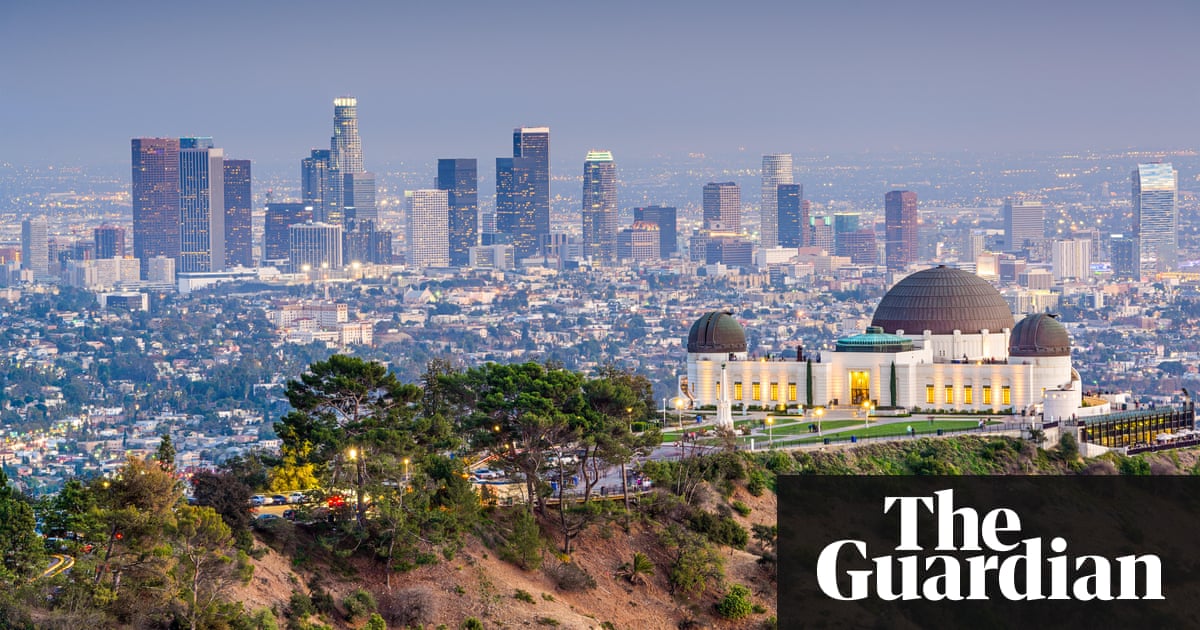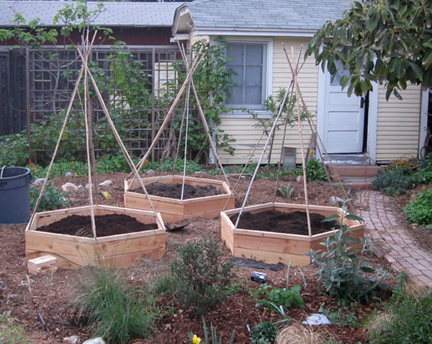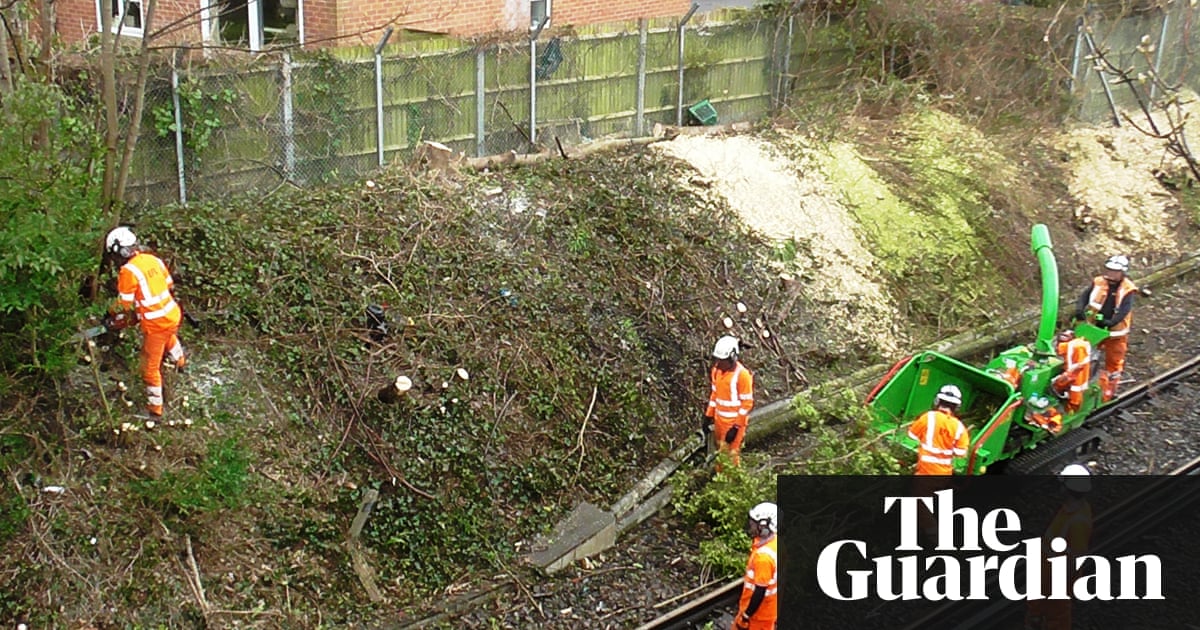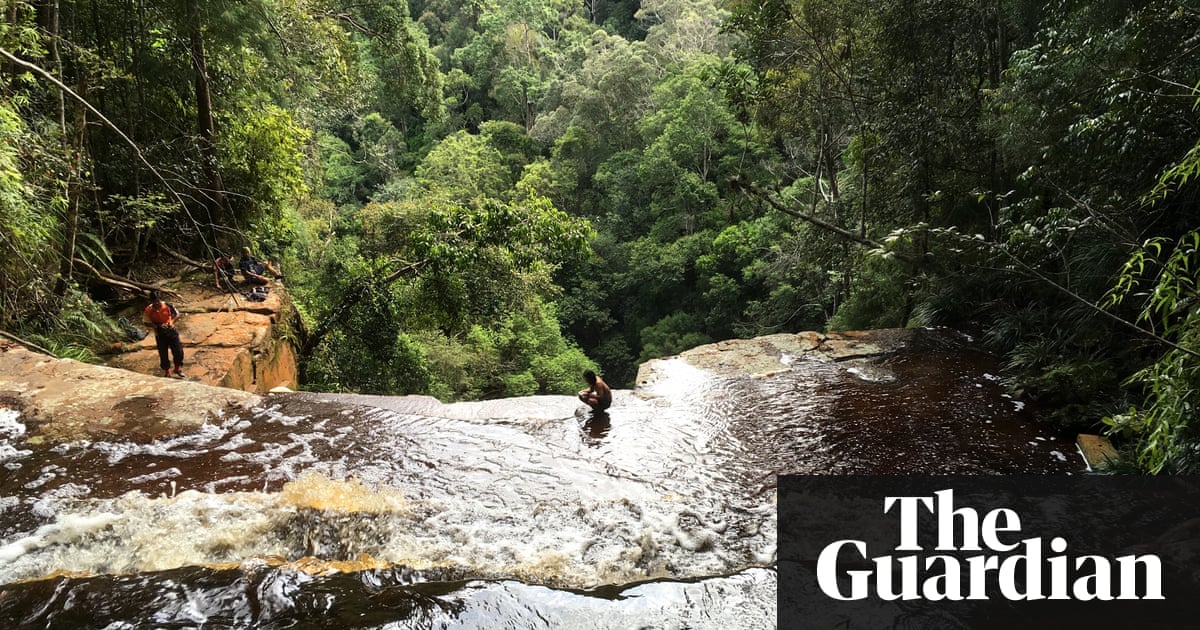A couple of years ago, my friend sat me down and demanded to know why I wasn’t more outraged. He had been getting politically active as of late, and by that I mean he’d been posting articles on his Facebook wall with titles like “Hillary Clinton eats Russian cats for breakfast.”
“Why don’t you ever share my posts?” he asked. “You don’t think this stuff is important?” I sighed.
“Alright, let’s do this,” I said. I put on my journalism hat and showed him, line by line, why he shouldn’t trust the articles he’s reading.
Fake news is becoming a huge problem. With so many sites publishing so many articles, it's hard to figure out what's true anymore. My friend is a smart guy. But the truth is, it’s not enough to be a smart or careful or have a nuanced global perspective on cat-related recipes. If you want to separate fact from fiction – especially important when things like climate change are being attacked – you have to become a detective.
That’s why Kirsten Schmitt calls herself “the editorial detective.” Schmitt is a senior research manager at Condé Nast, the media megalords that own publications like Vanity Fair, The New Yorker, Wired, Vogue, and over a dozen other huge names. She’s been checking articles for accuracy for more than two decades at some of the most established publications in the world, and is also the founder of Your Best Edit, a writing and editing business.
Schmitt told me that when you want to figure out if the article you're reading is true, you have to …
Find the facts
Articles contain a lot of opinions, commentary, and anecdotes. Ignore that stuff. Find the facts. You're going to need to examine them closely. It has been estimated that 64 percent of articles online contain factual inaccuracies.
Figure out how the publication got those facts
 © DW labs Incorporated/Shutterstock
© DW labs Incorporated/ShutterstockWhere did that “64 percent” statistic come from? Did I tell you Gallup or Pew conducted a survey? Or did I just make it up?
I made it up.
When you see an important fact in an article, you have to ask yourself where the fact came from. Did the writer research a study? Did she talk to an expert? Any publication worth its pixels will tell you where it got its information. If it doesn’t, you might as well be talking to a stranger on the street.
“It’s getting harder and harder to trust what is in the news,” pointed out Schmitt. “At this point so much of what’s on the web is exaggerated or repeated. Things are put out in nanoseconds before they’ve had time to be vetted.”
Evaluate the source
 © By Eugene Partyzan/Shutterstock
© By Eugene Partyzan/ShutterstockSay you’ve got a fact: “Articles on the web are often exaggerated.” And you know where that fact came from: Schmitt.
Do you trust Schmitt? I do, because she’s been fact checking for years at some of the largest, most trusted publications in the world.
Then again, what if I’d quoted my scandal-loving friend instead of Schmitt? You might not trust him to talk about accuracy in media. It sounds silly, but lots of articles will quote people with no training in what they’re talking about.
“Are they asking a blogger, or are they asking a professional?” asked Schmitt.
Go to the source
Once you’ve decided that your publication got the fact from a trustworthy place, go to that place.
For instance, what if I told you that, according to Pew Research, only 18 percent of Americans trust national news outlets? Instead of taking my word for it, go to www.pewresearch.org or do a quick Google search and find the report for yourself.
When you find the report, you’ll notice something odd. True, it does say that 18 percent of U.S. adults trust “a lot” of national news. But it also says that 59 percent of U.S. adults trust “some” national news. That paints a pretty different image, doesn’t it? You’d be surprised how often publications exaggerate to make results more exciting.
“The closer you get to the source of the fact, the better,” Schmitt said.
Sound like a lot of work?
It is. And maybe you don’t have time to go through this whole process with every article you read. Lord knows I don’t. Luckily, there are shortcuts. Or really, one big shortcut.
Check your source
 © Mike Focus/Shutterstock
© Mike Focus/ShutterstockDifferent publications have different standards. Some publish pure dribble, while others employ people like Schmitt to meticulously fact check everything. A lot are in between.
Large print magazines are your best bet for trusted news, because they’re more likely to have a dedicated fact checking team. Schmitt works with people everyday who fact check at places like The New Yorker, Glamour, Vogue, Cosmopolitan, Town & Country, Harper's Bazaar, and Esquire.
“You can rely on Good Housekeeping if they’re telling you they tested a washing machine a dozen times,” explained Schmitt. “They really do that.”
Newspapers
While magazines have months to make sure their articles are true, newspapers don’t have that luxury. They often have to publish stories in a matter of hours, so they get things wrong sometimes.
“The New York Times publishes corrections every day,” Schmitt pointed out. Of course, large newspapers have reputations to protect, and the writers who work for them are often quite skilled and experienced, so they’re not necessarily a bad bet.
Everything else
Many publications and websites are a shot in the dark. Plenty are accurate (*cough* Treehugger *cough*), while others lie shamelessly. Even popular sites can’t always be trusted.
“You may not want to get medical advice from WebMD because I've heard from a very reliable source that they don't fact check,” Schmitt told me.
So, if you’re dealing with a new publication, it’s important to research it, and that doesn’t mean just making sure its writers agree with your political views. Who is funding them? A university? A church? A nonprofit? A pharmaceutical company? I once read an article about a doctor who aborted a baby the day before it was supposed to be born. But I couldn't find any evidence. Guess who published it? A publication started by a pro-life group.
This doesn’t mean you should avoid anything that’s not a big name publication; smaller places are publishing some of the best, most groundbreaking stuff. It just means that you have to make sure they’re up to snuff before you trust them. Take out your magnifying glass and start investigating. In today’s chaotic digital world, sometimes you have to be your own detective.






 © Chris Van Wyk
© Chris Van Wyk © Chris Van Wyk
© Chris Van Wyk This gorgeous staircase combines digital tools with traditional fabrication methods.
This gorgeous staircase combines digital tools with traditional fabrication methods. © DW labs Incorporated/Shutterstock
© DW labs Incorporated/Shutterstock © By Eugene Partyzan/Shutterstock
© By Eugene Partyzan/Shutterstock © Mike Focus/Shutterstock
© Mike Focus/Shutterstock











 © Getty Images/ Cole Burston
© Getty Images/ Cole Burston Vancouver protected bike lane/ Lloyd Alter/
Vancouver protected bike lane/ Lloyd Alter/
 Research finds that taking B6 makes dreams more real and easier to recall, and could lead to that elusive lucid dreaming.
Research finds that taking B6 makes dreams more real and easier to recall, and could lead to that elusive lucid dreaming.

